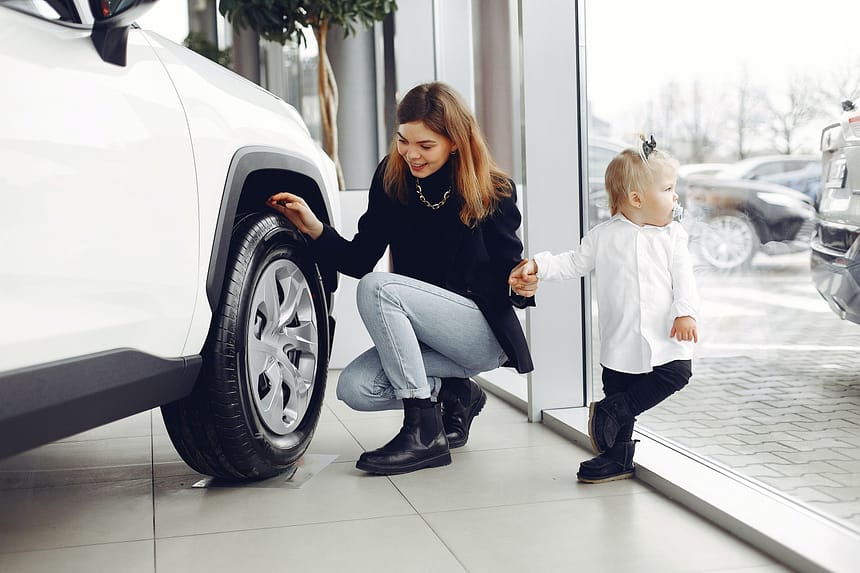When it comes to purchasing a vehicle, many people consider buying second-hand as a cost-effective option. However, it’s crucial to approach the process with caution and conduct a thorough inspection to ensure you’re making a wise investment. In this article, we will provide you with a comprehensive guide on how to buy and inspect second-hand vehicles, empowering you to make an informed decision and avoid potential pitfalls.
Determine Your Needs and Budget
Before diving into the world of second-hand vehicles, take some time to evaluate your needs and establish a realistic budget. Consider the purpose of the vehicle, whether it’s for daily commuting, off-road adventures, or transporting a large family. Assessing your requirements will help narrow down your options and focus on the right type of vehicle within your price range.
Research and Gather Information
Next, conduct thorough research to gather information about the specific make, model, and year of the vehicle you’re interested in. Utilize online resources, such as car review websites, owner forums, and consumer reports, to gain insights into the vehicle’s reliability, common issues, and average market value. This step will enable you to spot red flags and make better decisions during the buying process.
Explore Trusted Sources
When it comes to purchasing a second-hand vehicle, it’s essential to explore trusted sources. Consider reputable dealerships, certified pre-owned programs, or private sellers with a good reputation. Online marketplaces and classified ads websites can also be valuable resources. Ensure you verify the credibility of the seller and request relevant documentation, including maintenance records, service history, and vehicle title.
Physical Inspection
When you find a potential vehicle, arrange a meeting with the seller to conduct a physical inspection. Here are some key areas to focus on during the inspection:
Exterior
Inspect the body for signs of rust, dents, scratches, or mismatched paint. Check the condition of the tires, including the tread depth and even wear. Look for any signs of previous accidents or repairs.
Interior
Assess the condition of the seats, upholstery, dashboard, and controls. Inspect the functionality of essential features like the air conditioning, audio system, lights, and power windows. Look for signs of excessive wear or damage.
Under the Hood
Open the hood and inspect the engine for any visible leaks, loose wires, or damaged components. Check the fluid levels, including engine oil, transmission fluid, and coolant. Look for any signs of poor maintenance or neglect.
Test Drive
Take the vehicle for a test drive to evaluate its performance. Pay attention to the engine responsiveness, brakes, steering, suspension, and overall driving experience. Listen for unusual noises or vibrations.
Get a Professional Inspection
Consider hiring a trusted mechanic to conduct a professional inspection, especially if you lack expertise in evaluating vehicles. A mechanic can perform a more detailed examination of the vehicle’s mechanical components, electrical systems, and structural integrity. They can identify potential issues that may not be immediately visible to an untrained eye, helping you make an informed decision.
Vehicle History Report
Obtain a vehicle history report using the vehicle identification number (VIN). This report provides important details about the vehicle’s past, including accidents, maintenance records, ownership history, and mileage verification.
Conclusion
Buying a second-hand vehicle can be a rewarding experience if you approach it with careful consideration and conduct a thorough inspection. By following the steps outlined in this guide, you’ll be equipped to make an informed decision, minimize the risk of purchasing a problematic vehicle, and ultimately find a reliable and suitable second-hand vehicle that meets your needs and budget. Remember, patience and due diligence are key when navigating the second-hand vehicle market.






